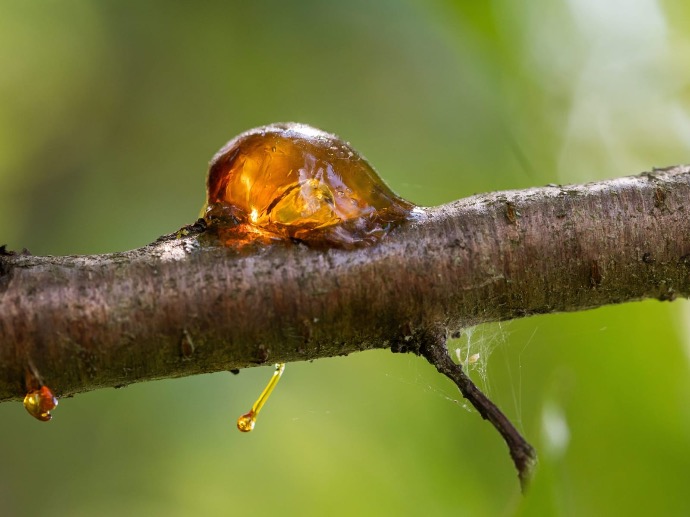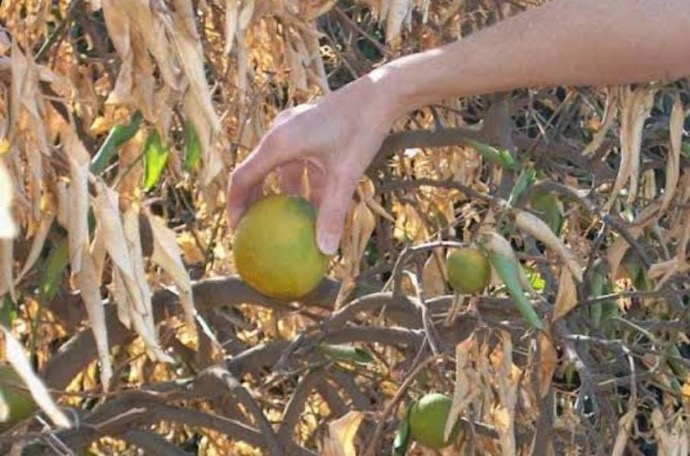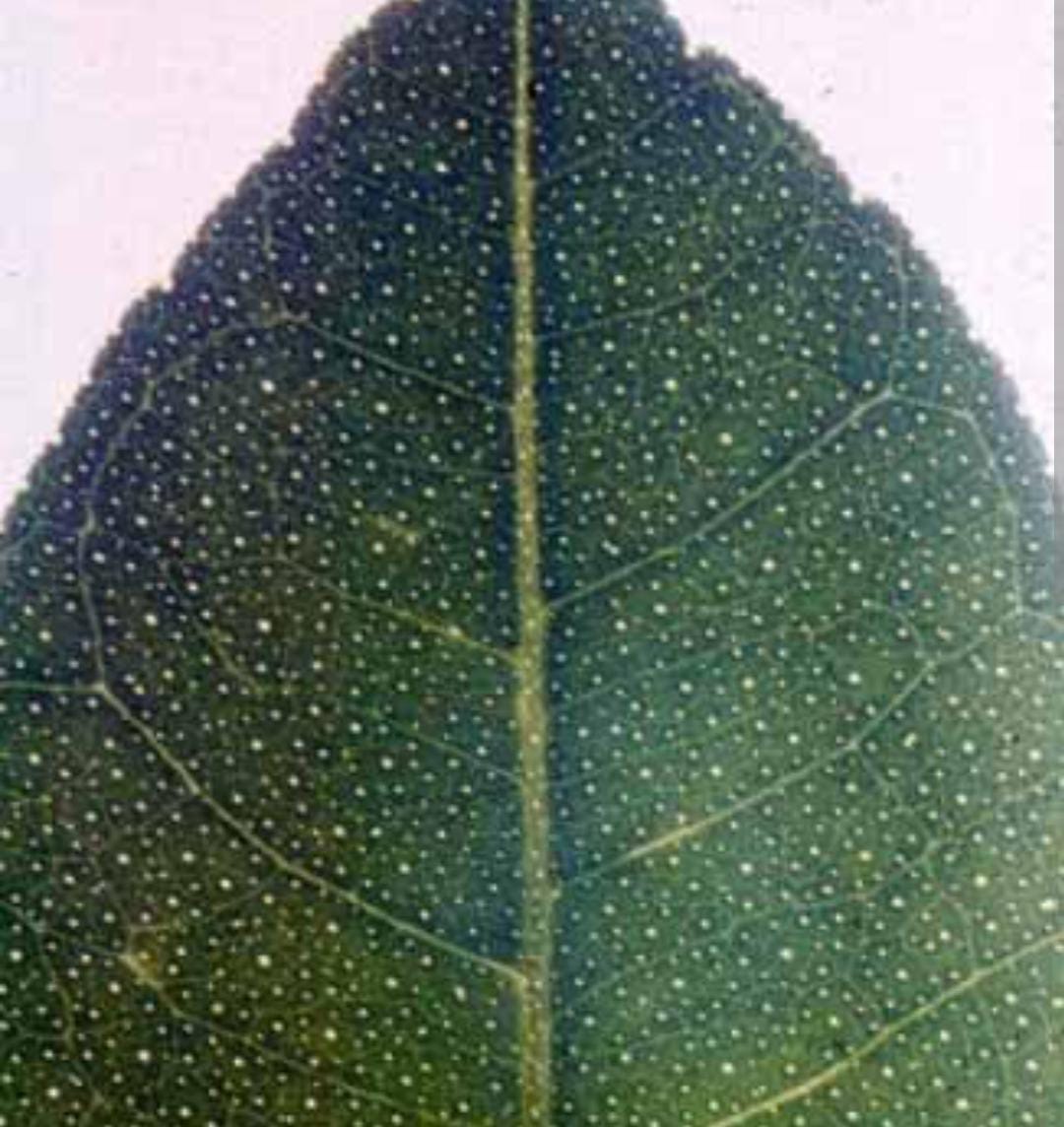Sweet Narinja Plant
Sweet Narinja, possibly referring to a specific citrus variety, may have care requirements similar to other citrus trees. Plant in well-draining soil with full sun exposure. Water consistently, especially during dry periods. Pruning can be done to shape the tree and remove crowded or dead branches. Fertilize during the growing season.

Habit
Tree
Height
2-4 m
Growth
Fast
Soil
Well Drained, loamy
Shade
Full Sun
Moisture
Moist
Edible
Yes
Medicinal
Yes
Origin
Southeast Asia
Climatic Condition
Tropical, Subtropical
Temperature (°)
15-25°C
Humidity (%)
60-80%
Potting media
Loamy, peat
Fertilizers
Balanced NPK (10-10-10)
Watering
Regular
Plant Weight
150-300 g
Flowering Time
Winter, Spring
Soil Ph level
6.0 - 7.0
Water Ph level
6.0 - 7.0
Soil EC
1-2 dS/m
Yield Per Plant
Fruit-bearing
NPK ratio
10:10:10
life Span
Perennial
Health Benefits
High in vitamin C
Suggested Grow Media or Potting Mix ?
40% compost, 30% peat moss, 30% perlite
Suggested Fertigation/Fertilizers
Fertilize every 2 weeks with a balanced, water-soluble fertilizer.
Common Diseases and Remedies
Gummosis ,Tristeza or quick decline
dark staining of bark which progresses into the wood.
remove the diseased bark with a knife along with ½” of uninvaded bark.
HEALTH BENEFITS
· Boosts immunity with high vitamin C
· Promotes heart health by reducing cholesterol
Improves skin health and aids digestion
What Is Sweet Narinja
Citrus x sinensis (sometimes spelled Citrus sinensis) is a hybrid of grapefruit (Citrus maxima) and mandarin orange (Citrus reticulata), also known as sweet orange, and is a commonly cultivated type of orange is. These include Valencia oranges, oranges, blood oranges, and navel oranges.
What Are The Different Types Of Sweet Narinja
Citrus x Aurantium
Bitter Orange, Sour Orange, Seville Orange, Bigarado Orange, Jam Orange is the citrus tree Citrus x Aurantium and its fruits in the narrow sense. Native to the Southeast.
Blood Orange
Blood orange is a variety of orange with purplish-red, almost blood-colored flesh. It is one of the varieties of sweet orange. It is also known as the raspberry orange.
Mandarin orange
The mandarin orange, also known as mandarin or mandarine, is a small, rounded citrus tree fruit. Treated as a distinct species of orange, it is usually eaten plain or in fruit.Mandarin Orange. The scientific name of Mandarin orange is Reticulata. Tangerine is one of the best-selling citrus fruits
Clementine
Clementine is a type of tangor, a citrus fruit that is a cross between willow leaf mandarin and sweet orange, named after the Frenchman Clement Rodier. It was named. First the missionaries.
Tangerines
Tangerines. Mandarin oranges are one of the most popular citrus fruits in India. It is often eaten whole, but it is also often made into juice.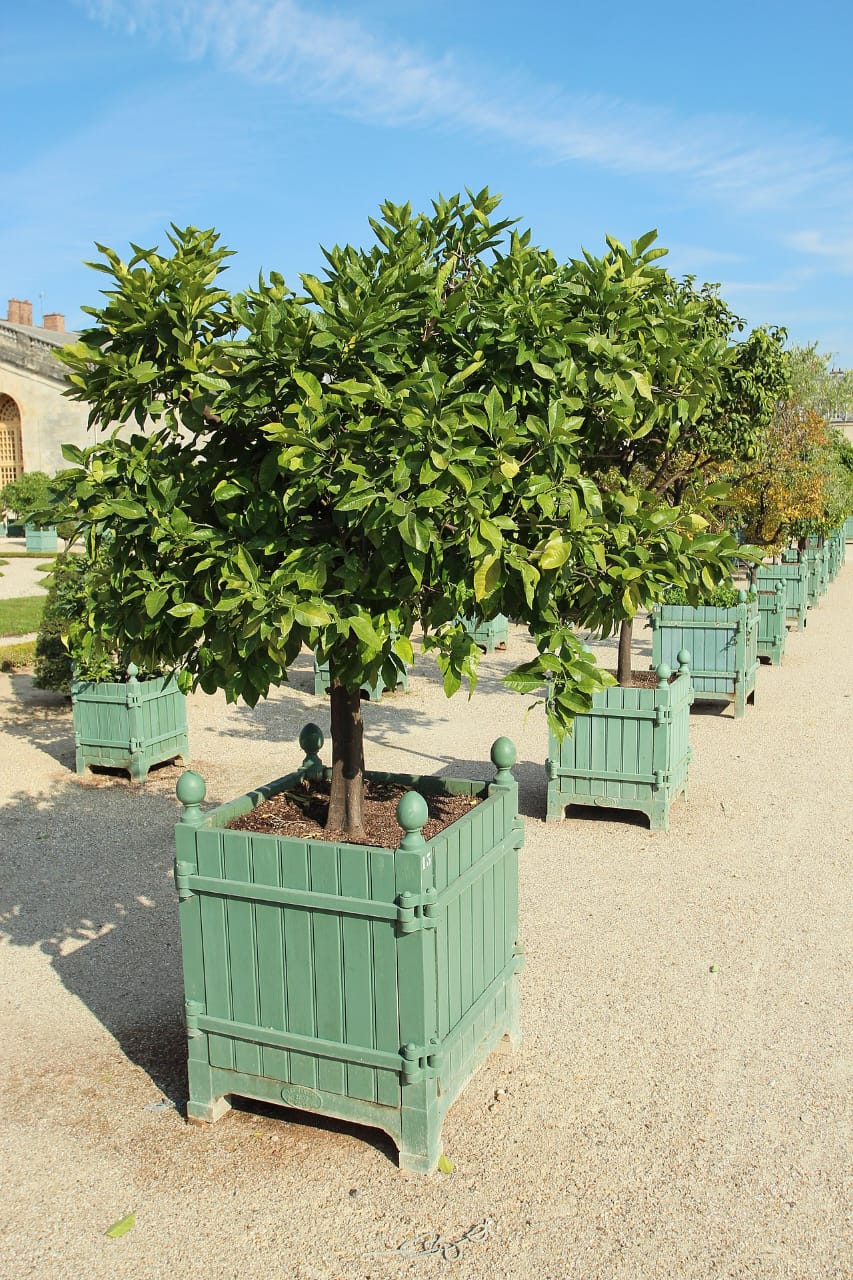
How To Care For Sweet Narinja
Location
Caring for orange fruit Bring the tree indoors in the fall. Water the tree as needed to keep the soil moist but not wet. Wait until the top 1 inch of soil is dry before watering. A mixture of 1 part each of potting soil, organic compost, perlite or vermiculite.
Sunlight
The sweet orange requires direct sunlight. It is frost tender and does best when planted in a place where it can receive early morning sunlight during the growing season, so new, tender branches don't freeze. It prefers a pH of 5 - 6 but will tolerate a neutral or alkaline range as well.
Hydration
Irrigation should be controlled and 9 litres of water per day per tree is enough for one-year-old orange and sweet orange trees. For four-year-old trees the water requirement goes to 40 litres per day per tree, while for ten-year-old or even older trees 105 litres of water is needed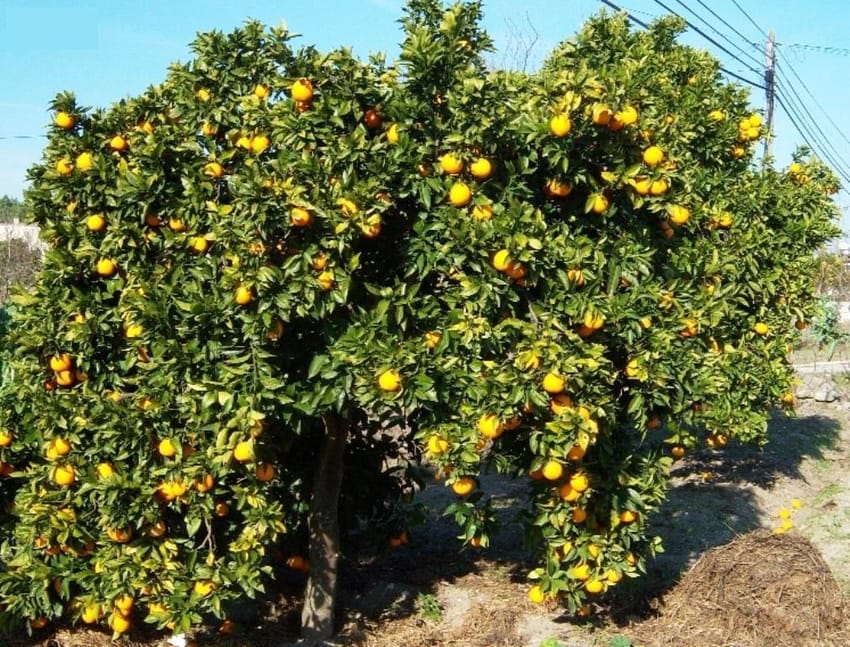
Nourishment
We can say that the annual fertilizer requirements of the orange tree are 260 to 440 lbs. For N, 67 to 100 lbs. (120 to 200 kg) per acre. 130 to 330 pounds per hectare (30 to 45 kg) for P;
Issues
Transportation, irrigation, disturbance of citrus canopy, and green stink bug were major problems in sweet orange production in the study area.
What Are The Benefits Of Sweet Narinja?
Strengthens the immune system.
Gentle on the skin.
Good for the eyes.
Prevents heart disease.
Helps brain development.
We can support cancer prevention.
Prevents stomach ulcers.
Protect your vision.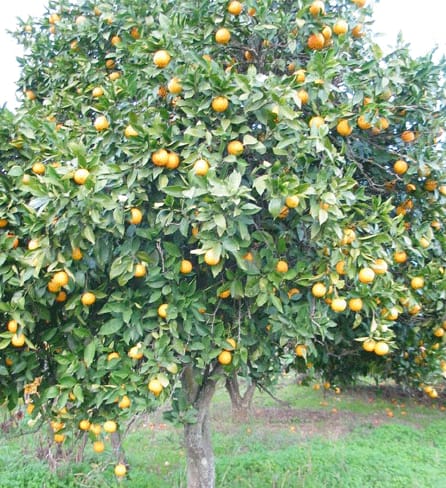
FAQs About Growing Sweet Narinja
Is it okay to eat oranges every day?
Is it okay to eat oranges every day? Eating an orange every day is probably not harmful. However, a better choice is to eat a variety of fruits and other healthy foods such as vegetables, lean proteins, and whole grains.
Can I eat 2 oranges a day?
Oranges are rich in dietary fiber and pectin, which promote intestinal peristalsis and eliminate waste products from the intestines. Oranges also have the effect of lowering cholesterol levels. Additionally, oranges also contain protein and fat. B.
Is it okay to eat oranges on an empty stomach?
Oranges, grapefruit, and lemons are examples of citrus fruits that are very acidic and can cause heartburn and acidity when consumed on an empty stomach. 28. September 2023
Is orange good for your skin?
Orange lightens dark spots, acne scars, and uneven skin tone, leaving your skin clean, clear, and healthy. If you suffer from irritated, sensitive skin, incorporating orange into your skincare routine may be the answer
